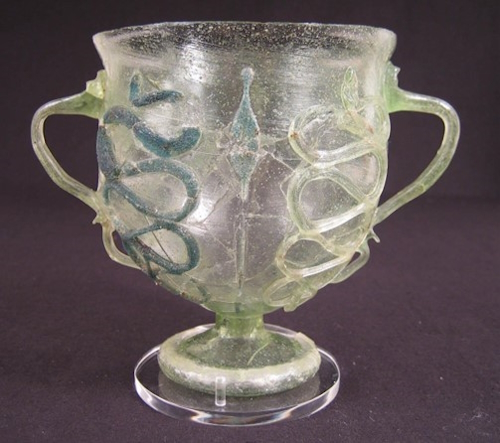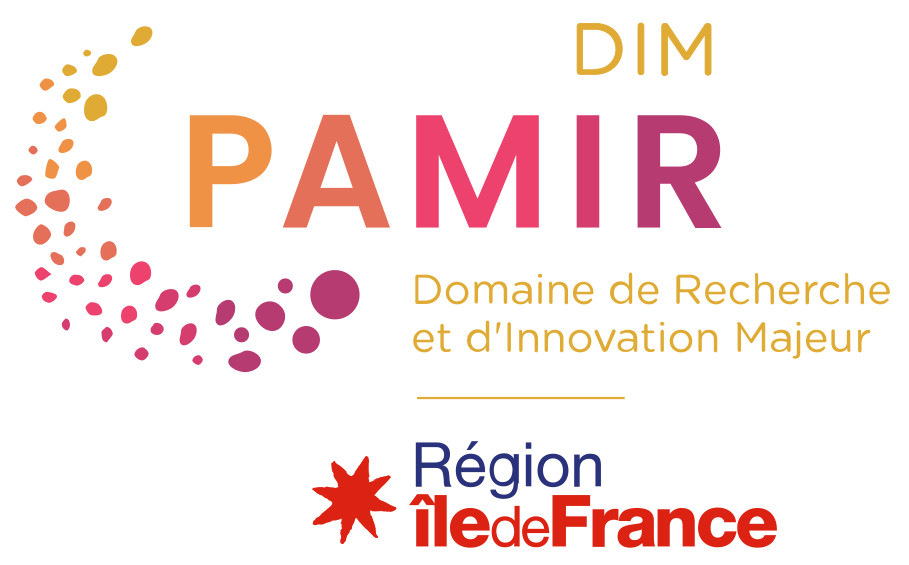
LUMIVER
Roman glasses: decoloring and recycling and contribution of photoluminescence
Scientific responsibility :
- Nadège Ollier
- Aurore Louis
Methodological axes :
Thematic fields :
Disciplinary sectors :
Funding :
- DIM PAMIR
Project ID : IDF-DIM-PAMIR-2025-4-011
Summary :
Antique discoloured glass falls into four categories: naturally discoloured glass, glass discoloured by the addition of antimony, by the addition of manganese, or by a mixture of antimony and manganese. The latter are considered to come from recycled glass. The aim of this “archaeometric” thesis project is to innovate with a new analytical method based on time-resolved photoluminescence, enabling rapid categorization of colourless Roman glass. This is based on the shape of emission spectra featuring the signatures of Sb3+, Mn2+ and Cu+ ions, and on the lifetimes of Sb3+ ions. In this thesis, carried out at the LSI (IP Paris) in collaboration with A. Louis (INRAP), we will be using this method to study the large corpus of Roman glass from 3rd-century workshops in Reims, in order to understand the operating of workshops at that time and the glassmaker’s craft. Were antimony glasses imported or decoloured on site? And if so, were they exported? Part of the thesis will also be devoted to the study of glass recycling, a widespread practice in Roman times. In particular, we hope to gain a better understanding of the impact of recycling on glass structure, composition and colour. This approach will be based on innovative spectroscopic methods fewly applied to archaeological glasses (photoluminescence, Raman and infrared) with experiments in LSI furnaces (glass synthesis and remelting) and in a reconstructed archaeological furnace in collaboration with a glassmaker (F. Arnaud).

